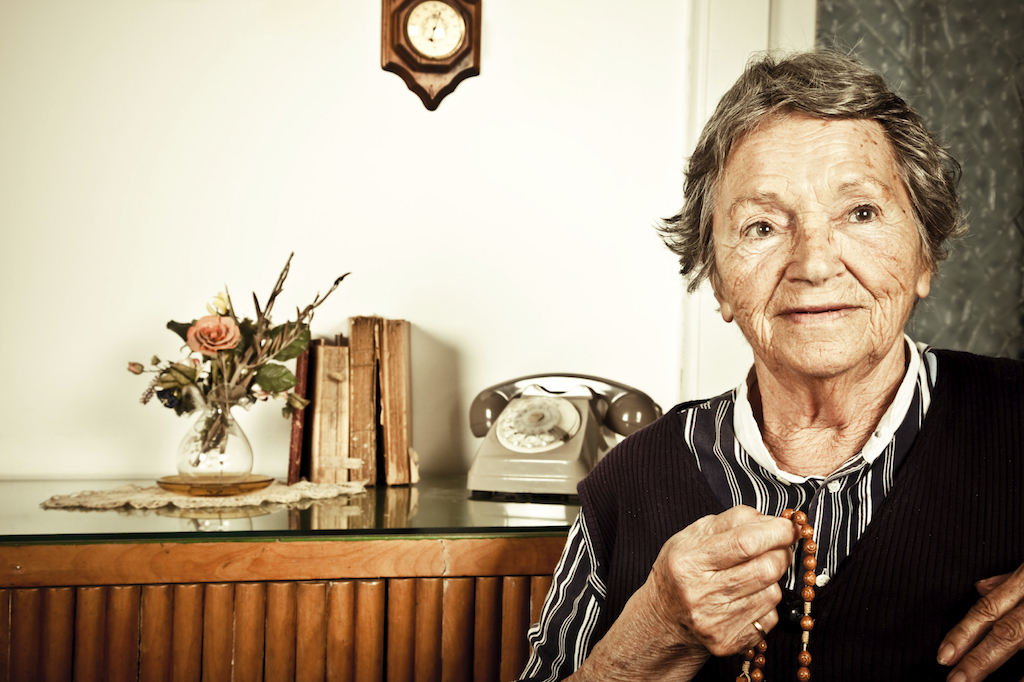It’s become commonplace to see a performer with a rosary around his neck, even though his lyrics would make the Blessed Mother’s hair stand on end. Anyone can go on Etsy and find dozens of vendors who sell saint medals merely as ornaments or jewelry. As Catholics, however, we call these items sacramentals, and they mean something.
A sacramental should not be confused with a sacrament. The Church recognizes 7 sacraments, instituted by Christ, which impart grace and act as a sign to a greater reality. A sacramental does not impart grace, but rather acts as a sign of holiness that bear resemblance to the sacraments.
For Catholics, sacraments are necessary for our holiness and our participation in the Church. Sacramentals are not; they are considered very good, but voluntary. For instance, a Catholic does not need to wear a crucifix around his or her neck in order to be a Catholic in good standing. However, we are greatly encouraged by the Church to make use of these signs in our everyday lives: they point us towards the sacraments, the grace imparted by the sacraments and lead us to a holier way of life.
Sacramentals are not superstitious; Catholics don’t believe a rosary is “good luck” and having one means one’s plane won’t crash. The sole reason a person should have a sacramental is in order to increase in personal holiness.
Sacramentals include, but are not limited to such items as:
- a crucifix
- a rosary
- a priestly blessing
- an icon
- saint medals
- blessed candles
- palm branches
- pictures or saints
Regina Doman of EWTN says this about the proper use of sacramentals:
Catholics hang crucifixes and holy images in their homes to remind them of God and His works. They cross themselves, bless themselves and their homes with holy water and oil. They pray the Angelus at noon in remembrance of the Incarnation…
Catholics who choose to weave the use of sacramentals into their daily lives can experience a richer, more textured Catholicism. For instance, one young father sprinkles holy water around the beds of his children and prays to God to protect them against nightmares, which sometimes are a problem in their house…
As Christ was the invisible God made visible, so sacramentals, like sacraments, are visible signs of His invisible grace, sanctifying daily life. In a way, they are daily restatements of the Incarnation, of God made flesh, and are dwelling among us in mysterious and wonderful ways.
As Catholics, we have a rich tradition of holy objects to call upon: they fill our lives with reminders of our choice to follow Christ every day, in our joy and in our concerns. Sacramentals advise us to look beyond our daily lives, deep into the reality of the Incarnation: God-made-Man and all that means for our salvation. These holy objects should not be used as mere ornaments or to catch someone’s attention, but as the means to draw all who see them into a deeper and deeper reality than this world has in store of us.
